Dixie Chest For Sale – Quality goods for sale are not just limited to luxury items or high-end brands. It’s a small but significant way to make a positive impact on the planet, especially when one considers the volume of waste generated by fast fashion, electronic waste, and disposable goods. In both cases, there’s a sense of vulnerability. A home, a car, a piece of jewelry, a moment in time, a relationship — all of these things, at some point, become commodities. The durability and longevity of these products mean they don’t need to be replaced as frequently, reducing the need for constant purchases and ultimately saving money in the process. For many, purchasing second-hand goods is not just about saving money, but about embracing sustainability, supporting a circular economy, and contributing to a more environmentally conscious world. Upcycling is a great way to make the most out of second-hand goods, adding both value and meaning to the items that are being repurposed. In fact, there’s been a resurgence of interest in artisanal, locally-made products, especially in industries like fashion, home decor, and food. Many buyers are drawn to industries where they already have experience, while others may seek a business in an entirely new field in order to diversify their portfolio. For some, selling something may feel like a sacrifice, while for others, it may feel like an investment in their future. These professionals help connect buyers with sellers, ensuring that both parties are well-informed and that the transaction process is as smooth as possible. Some businesses are sold because the owner is ready to retire, while others might be sold due to financial difficulties or changes in the owner’s personal or professional life. Take, for example, a high-quality piece of furniture — a well-crafted sofa or dining table can last for decades if maintained properly. Negotiation is often the most delicate part of the sale process. There are communities that exist outside the realm of traditional commerce, where sharing, collaboration, and mutual support take precedence over profit. If the buyer is satisfied with the findings, the next step is usually negotiation. For some, selling a business is a proactive decision to move on to new ventures, while for others, the sale might be the result of external factors, such as market downturns, changing consumer preferences, or regulatory shifts. The online second-hand market has also made it possible for people to buy and sell niche items that may not be available in local stores. When people choose quality goods, they are choosing longevity over convenience, enduring craftsmanship over temporary trends, and often, a timeless aesthetic over what is in vogue today. The second-hand market is not just about saving money; it’s about embracing a more sustainable, mindful way of consuming that values reuse, repurposing, and the stories behind the items we choose to keep.

343BB2 Dixie Chest on Chest Solid Wood bidding ends 5/30
Free design consultationdesigned to lastmade in the usa
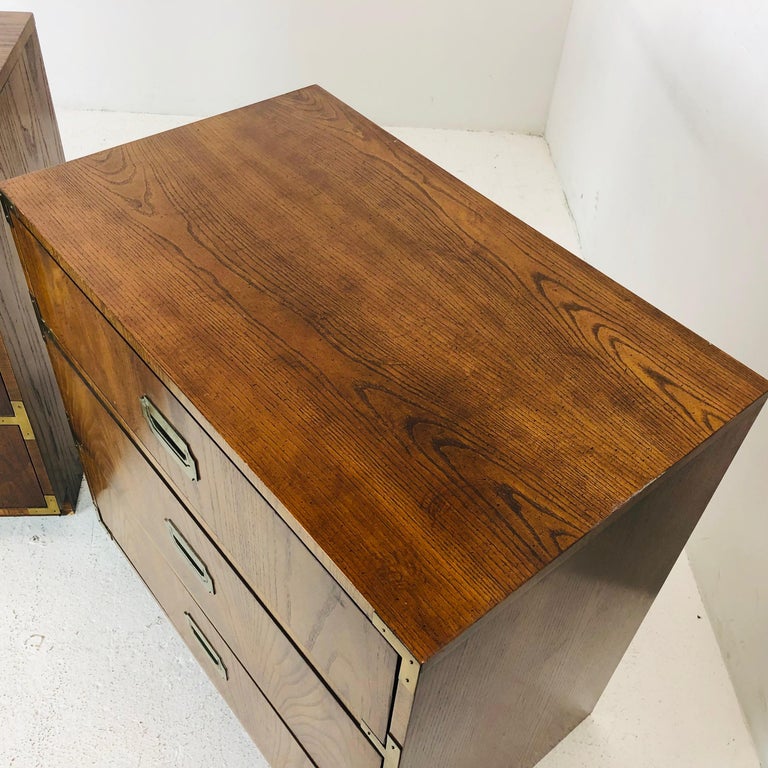
Pair of Vintage Campaigner Chests by Dixie For Sale at 1stdibs
Free design consultationdesigned to lastmade in the usa
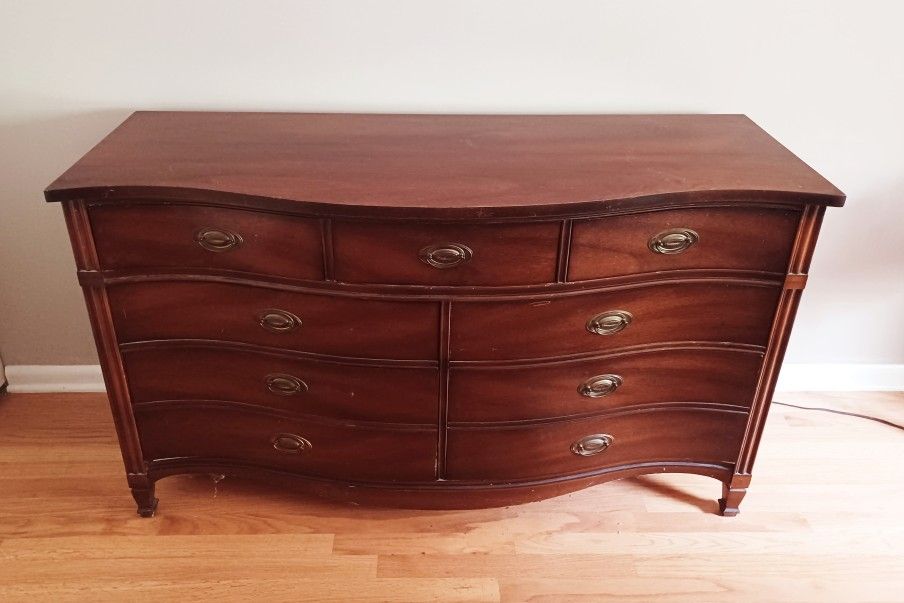
Rare Dresser Dixie Chest of Drawers 34" tall x 56" long x 21" deep for
Free design consultationdesigned to lastmade in the usa
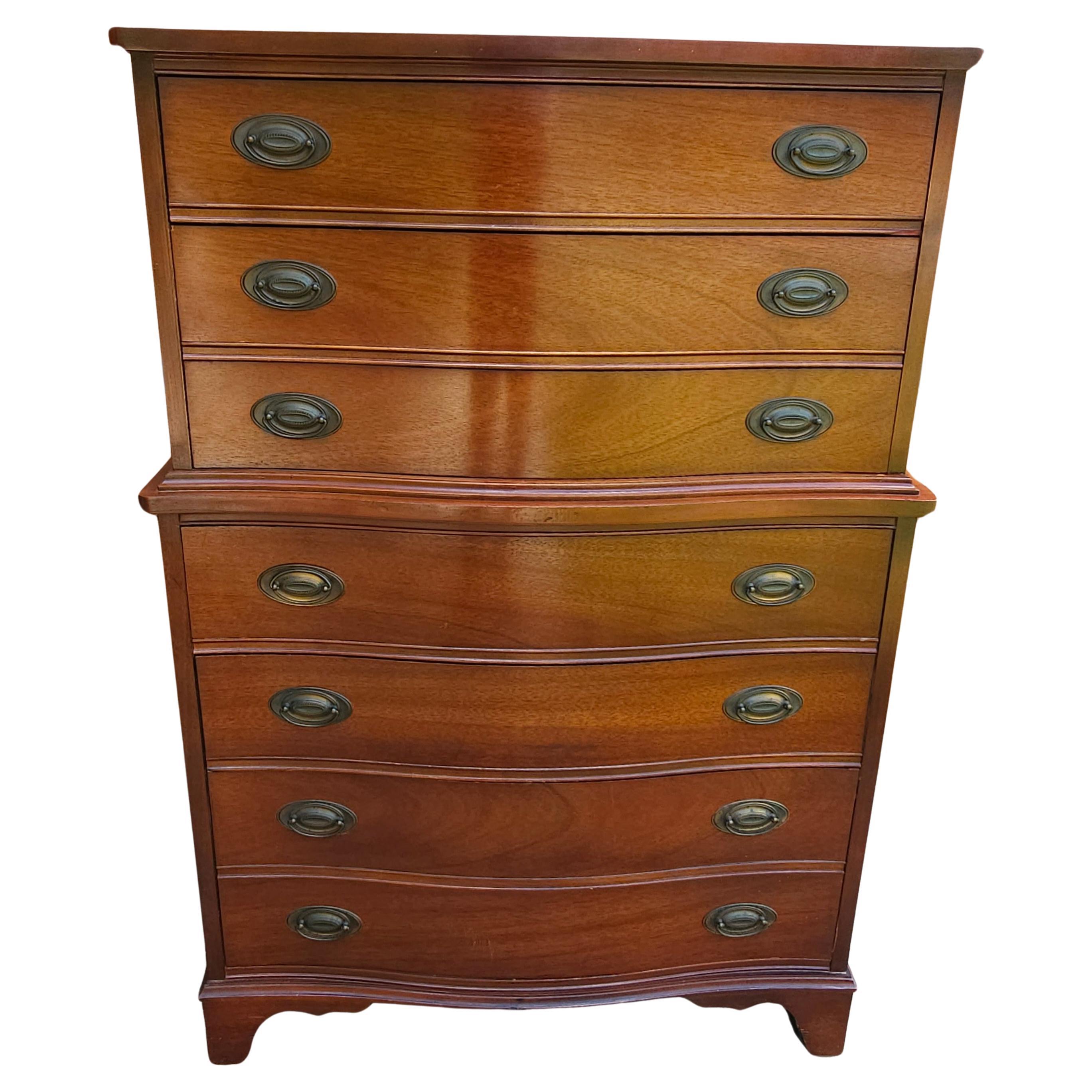
Dixie Furniture Mid Century Federal Style Mahogany Chest on Chest of
Free design consultationdesigned to lastmade in the usa
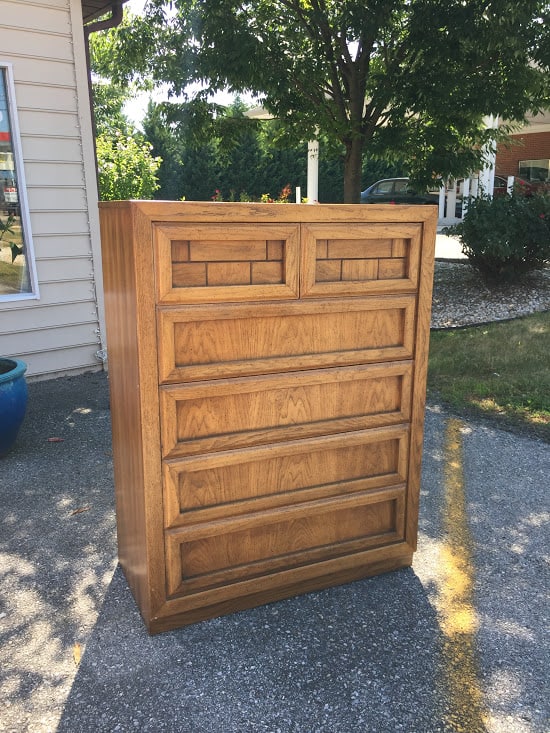
Best Price Dixie Vintage Tall Chest For Sale
Free design consultationdesigned to lastmade in the usa
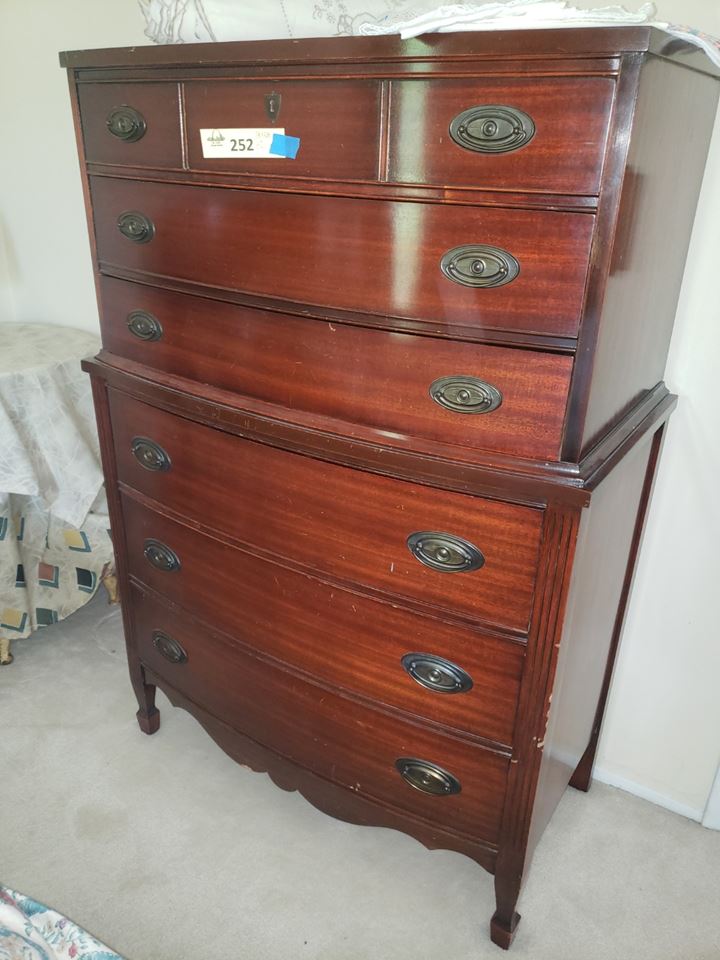
BR 252 Dixie Chest of Drawers bidding ends 6/5 5.00
Free design consultationdesigned to lastmade in the usa
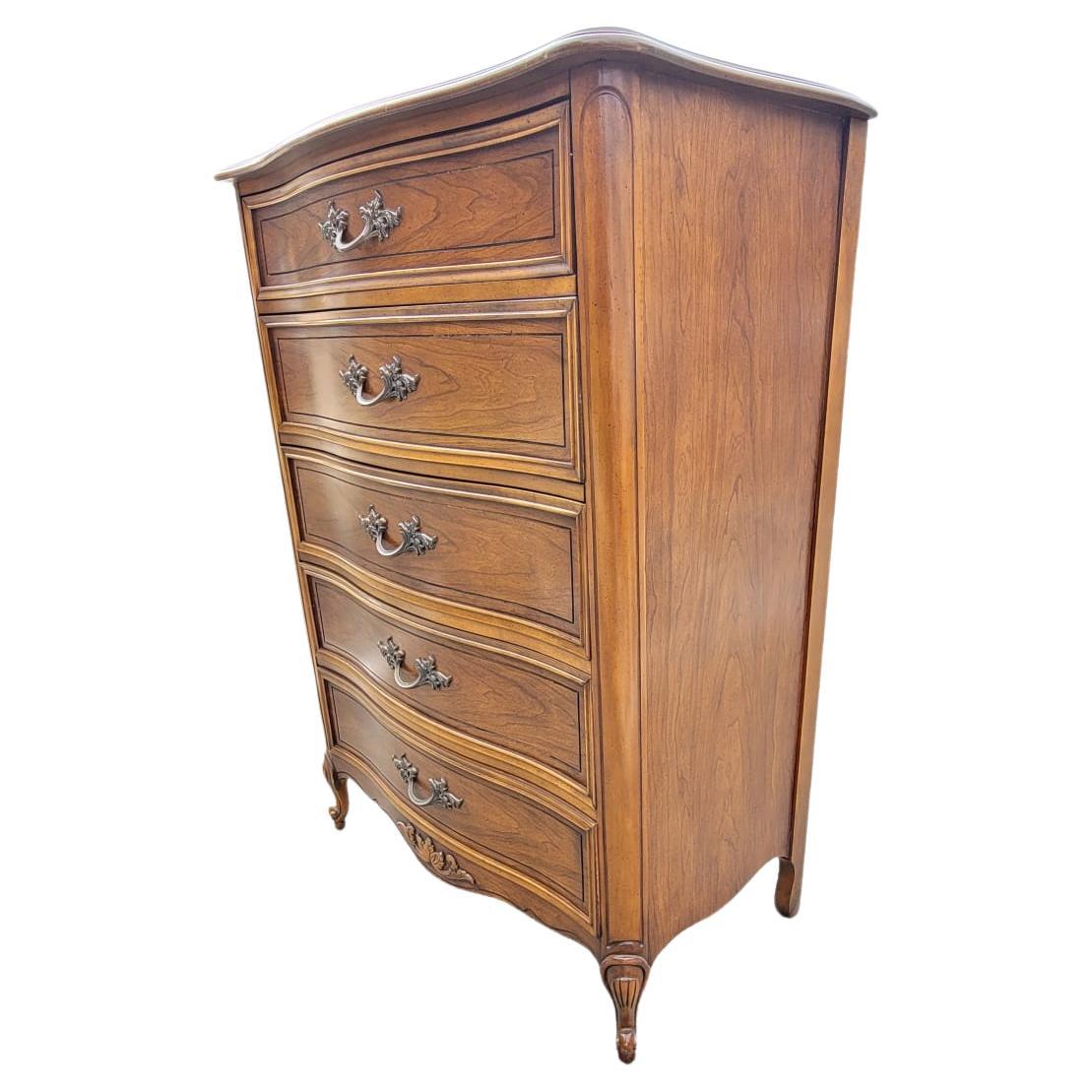
Dixie Furniture Provincial Style Walnut Chest of Drawers For Sale at
Free design consultationdesigned to lastmade in the usa

Vintage Mahogany Dixie Chest Of Drawers 1884 for Sale in Joint Base
Free design consultationdesigned to lastmade in the usa
MidCentury Modern Lingerie Chest by Dixie For Sale at 1stDibs
Free design consultationdesigned to lastmade in the usa
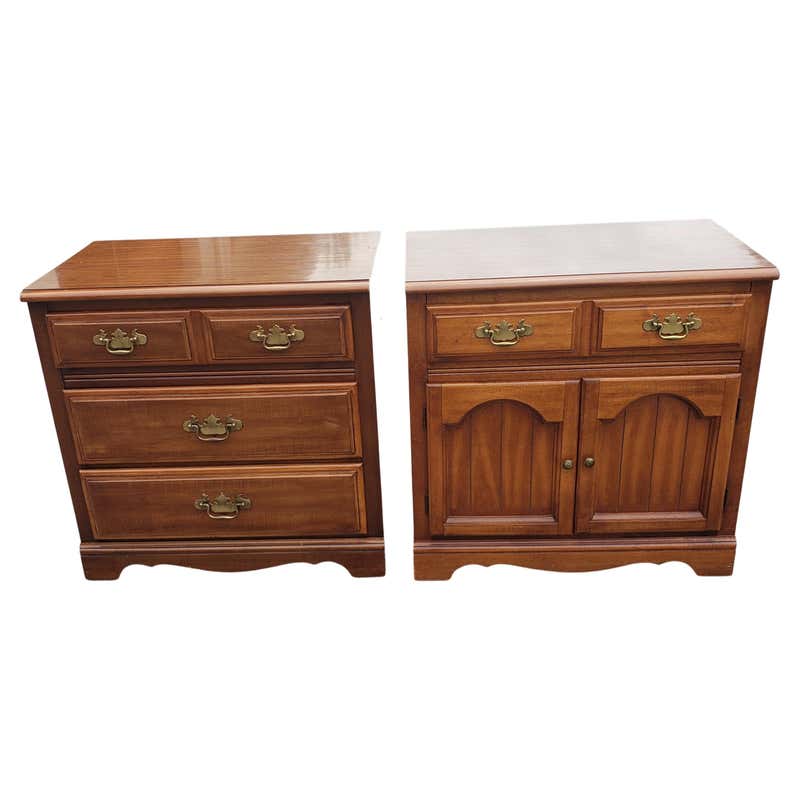
Dixie Furniture Chest Of Drawers 9 For Sale on 1stDibs dixie chest
Free design consultationdesigned to lastmade in the usa
One of the primary reasons people turn to second-hand goods for sale is financial. This shift in mindset has contributed to a growing acceptance and even celebration of second-hand shopping, making it a mainstream activity that is not just about saving money but about making more thoughtful and responsible choices. On the other, there’s the challenge of assessing the true value of a business, navigating the complex negotiations, and ensuring that the business is a sound investment in terms of both its financial health and its long-term viability. For people looking to furnish their homes, build a wardrobe, or invest in certain hobbies or collections, second-hand goods often provide a way to access items they might otherwise be unable to afford. Websites and apps like eBay, Craigslist, Facebook Marketplace, and Poshmark have made it easier than ever to find second-hand goods for sale, offering a wider selection and more convenience than traditional brick-and-mortar stores. In recent years, the market for businesses for sale has been affected by several global and local economic factors. For the seller, the goal is often to maximize the value of the business, while for the buyer, the focus is on ensuring that the investment is sound and that the business can continue to thrive under new ownership. Sellers can list items with detailed descriptions and high-quality photos, giving potential buyers a clear understanding of what they are purchasing. To mitigate this risk, buyers should ask for detailed photos, read product descriptions carefully, and inquire about the condition of the item before making a purchase. This can manifest in the context of career, relationships, or personal goals. But in the end, whether it’s an item or an individual, the process of being “for sale” is a negotiation of worth, a moment of exchange. It involves an in-depth understanding of the business’s financials, operations, and market position. Overpricing an item can lead to it sitting unsold, while underpricing it can result in lost potential revenue. In some cases, the sale of an item can mark a pivotal moment in someone’s life. There are those who argue that not everything should be for sale. When an item is marked as “for sale,” it enters a space where value is defined not only by the object itself but by the context in which it’s placed. In the realm of electronics, a quality product, such as a high-end camera or a premium laptop, can perform reliably for years, often outlasting cheaper alternatives. Online platforms like Etsy, for example, have given artisans a global audience for their high-quality handmade goods. The story behind the item becomes part of its value, adding an emotional dimension to its physical form. In a world dominated by fast fashion, disposable electronics, and mass-produced items, many people are beginning to question the value of constantly purchasing new products.
By buying second-hand goods, consumers can feel good about supporting their communities and giving back to those in need. In the age of immediacy, it can often feel as though many goods are made with built-in obsolescence, created to be replaced every few years. The car represents possibility, and when it changes hands, it takes on new significance, a new role in a different life. The first and most obvious reason is the tangible benefits they offer. For many, purchasing second-hand goods is not just about saving money, but about embracing sustainability, supporting a circular economy, and contributing to a more environmentally conscious world. This can manifest in the context of career, relationships, or personal goals. When everything becomes a transaction, we risk losing sight of what truly matters. The rise of online platforms dedicated to the sale of second-hand goods has also played a significant role in the growing popularity of pre-owned items. As society has evolved, the scale of production has expanded, and many quality goods are now mass-produced or distributed through large retail chains. The idea that everything has a price, and that everything is for sale, may seem like a grim outlook, but it’s one that has become increasingly true. The materials, labor, and expertise that go into crafting these items naturally make them more expensive. These professionals help connect buyers with sellers, ensuring that both parties are well-informed and that the transaction process is as smooth as possible. A well-maintained, quality leather jacket may last a lifetime, whereas a low-cost alternative might only hold up for a couple of seasons. The growing interest in second-hand goods can also be attributed to shifting cultural attitudes toward consumption. These goods, ranging from clothing to furniture, electronics to books, offer people the chance to find items they need or want at a fraction of the cost of new products. Another key benefit of second-hand goods is their positive impact on the environment. But in reality, even the most profound relationships can be commodified in some way. A piece of furniture, for instance, may hold sentimental value simply because it’s been in the family for generations. These platforms allow buyers to browse listings, access detailed business profiles, and initiate contact with sellers, all from the comfort of their own home. This typically involves drafting and signing a sale agreement, which outlines the terms and conditions of the transaction.